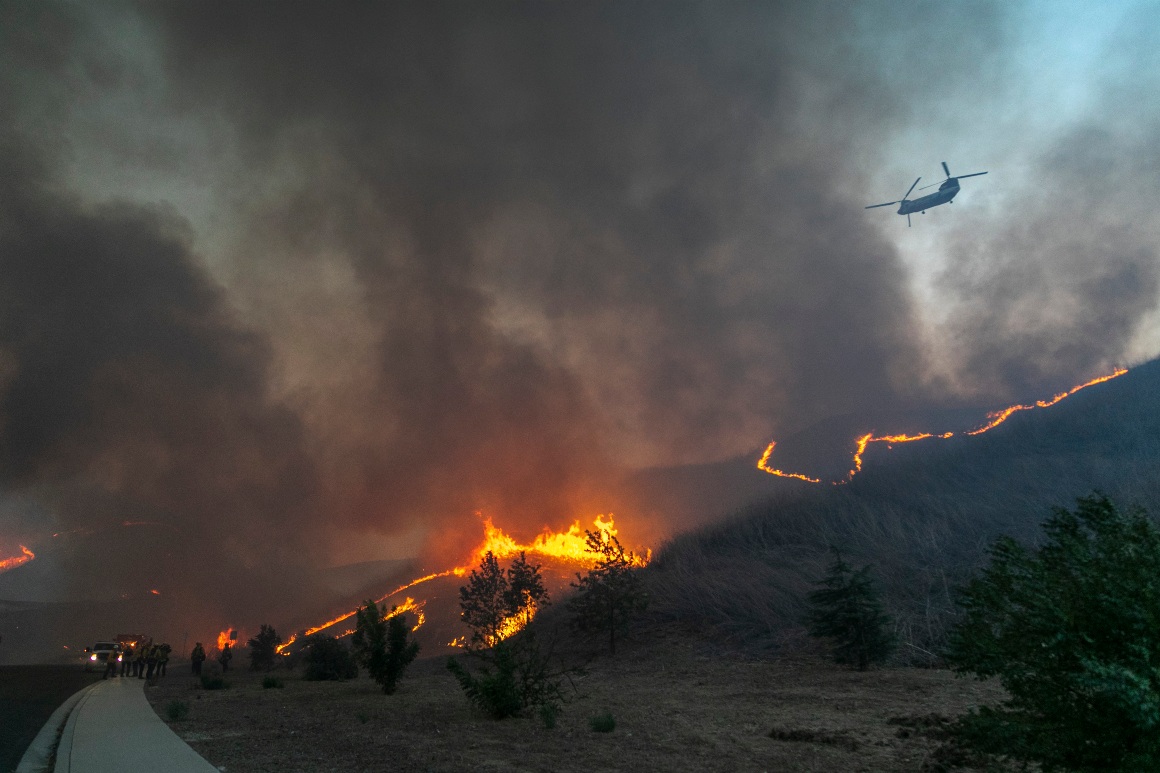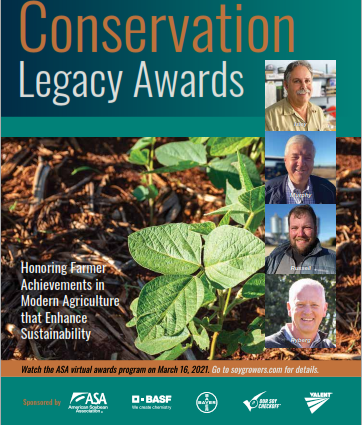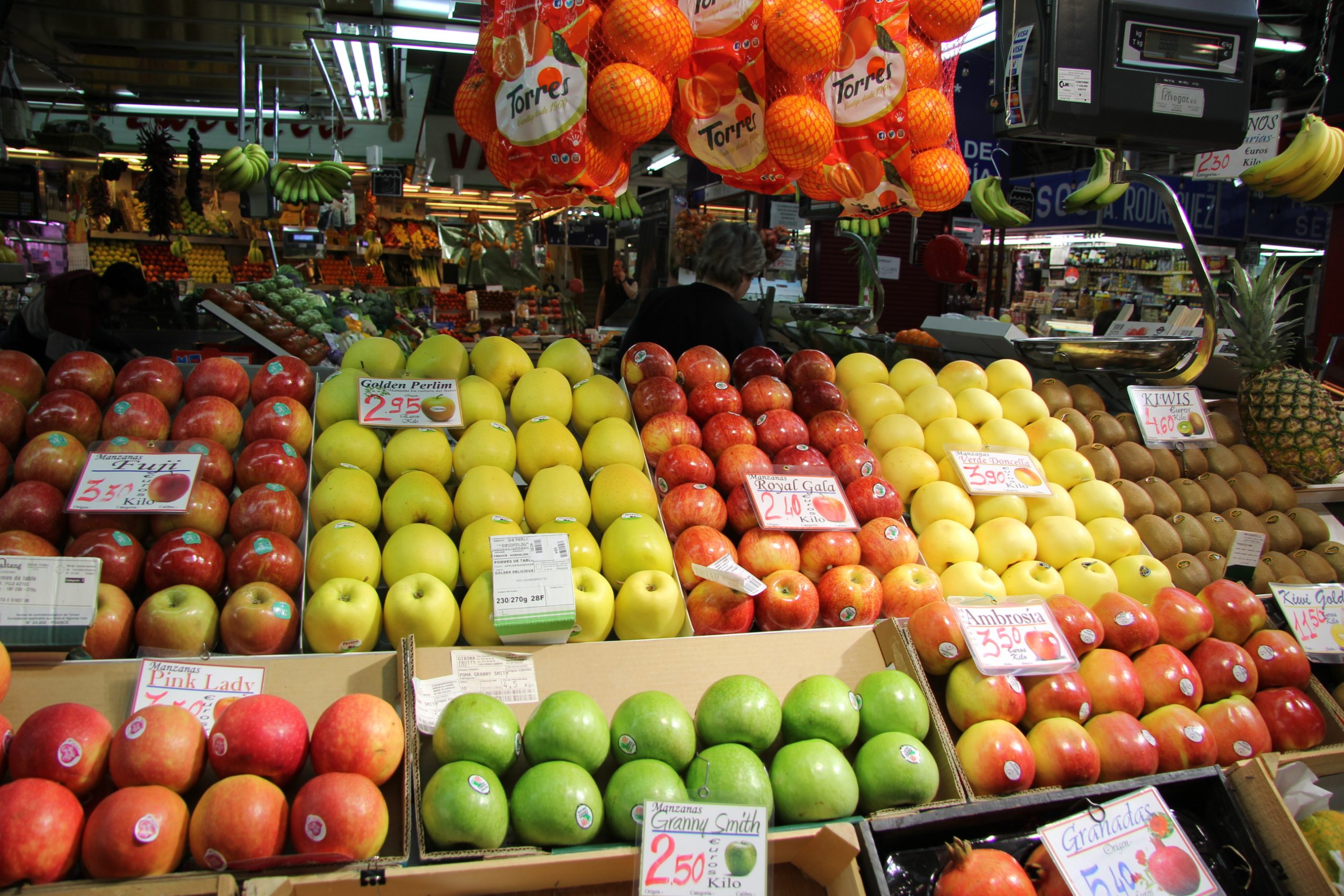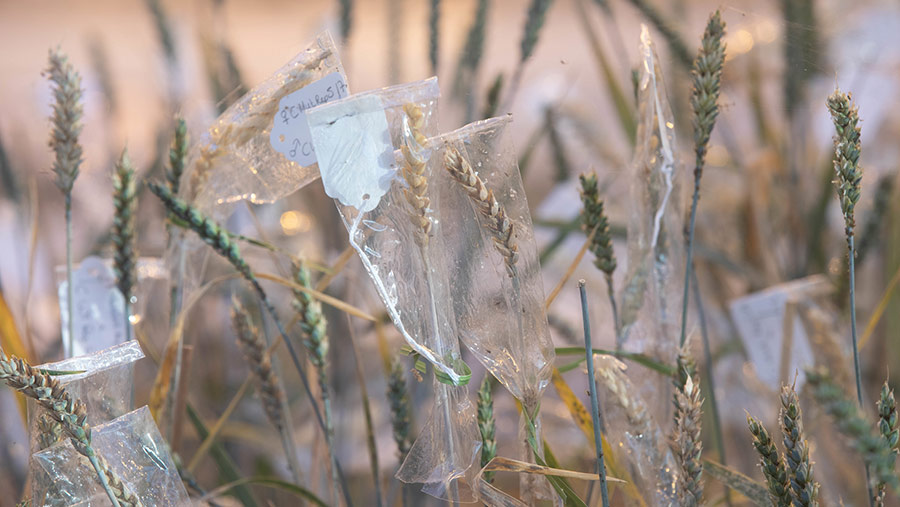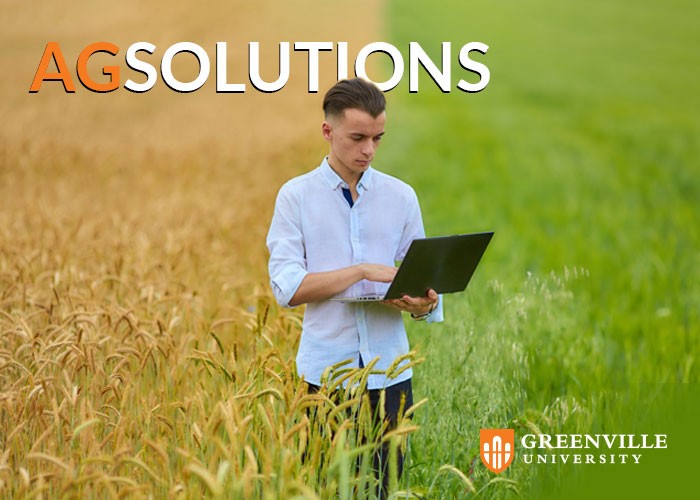 John LaRose Jr.
John LaRose Jr.
Topics: Jobs, Agriculture Global, Government / Policies, Coronavirus/COVID,
DAR chief gets real, says agriculture is 'our only hope for survival' during pandemic
Department of Agrarian Reform (DAR) Secretary John R. Castriciones has declared agriculture as the “cornerstone of the country’s survival” against the coronavirus disease (COVID-19), especially with the current upsurge in active cases.
-
(1)
-
Bookmark
- Comments (1)
 Nimrod Israely
Nimrod Israely
Remembering that NONE OF US would be here in 100 years gives a perspective 🔭 to what we do or don't do in the one chance and one life we have.
Do you think about the day you die? Does it play a role in your 'life mission'?
-
(0)
-
Bookmark
- Comments (0)
 JAMES MSASA
JAMES MSASA
Topics: Government / Policies,
Rest easy our Tanzanian Hero and President of United republic of Tanzania, It's a big loss for African not only Tanzanian
Breaking News: President John Pombe Magufuli has died
Tanzania’s President Dr John Pombe Magufuli has died at the age of 61, the Vice President Samia Suluhu Hassan has announced.
-
(0)
-
Bookmark
- Comments (0)
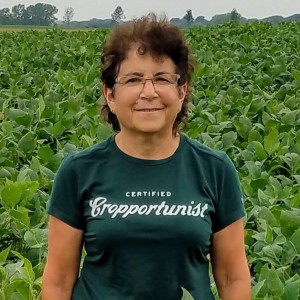 Nancy Kavazanjian
Nancy Kavazanjian
Topics: Agriculture Global, Climate Change,
‘Garbage’ models and black boxes? The science of climate disaster planning
Scientists warn that the data may be too unreliable to guide the precautions that governments, businesses and retirement fund managers must take in the coming decades.
-
(0)
-
Bookmark
- Comments (0)
 Nancy Kavazanjian
Nancy Kavazanjian
Topics: Soybeans, Agriculture US, Conservation/Tillage,
ASA Congratulates the 2021 Regional Winners of the Conservation Legacy Award | American Soybean Association
The American Soybean Association (ASA) congratulates the regional winners of the 2021 Conservation Legacy Award. Jason Russell, Monticello, Iowa
-
(0)
-
Bookmark
- Comments (0)
 Nancy Kavazanjian
Nancy Kavazanjian
Topics: Soybeans, Food/Nutrition, Ag Global Specialty Food, Ag Innovation,
ASA Honors Dr. Pengyin Chen with Pinnacle Award | American Soybean Association
St. Louis, Mo., March 16, 2021. The American Soybean Association (ASA) recognized Dr. Pengyin Chen from Sikeston, Missouri, with its Pinnacle Award during
-
(0)
-
Bookmark
- Comments (0)
 John LaRose Jr.
John LaRose Jr.
Topics: Precision AG , Cotton, Crop Consultant, Agriculture Global, Economics, Crop Diseases, Ag India, Ag Innovation,
-
(0)
-
Bookmark
- Comments (0)
 John LaRose Jr.
John LaRose Jr.
Topics: Vegetables, Agriculture Global, Economics, Ag Europe, Trade (Commodities),
-
(0)
-
Bookmark
- Comments (0)
 John LaRose Jr.
John LaRose Jr.
Topics: Young Farmers, Sustainability, Research, Ag India, Education,
-
(0)
-
Bookmark
- Comments (0)
Gene editing ‘critical’ to reach net-zero farming, says AIC - Farmers Weekly
Gene-editing technology will be critical to help farmers meet the nation’s climate change net-zero ambitions for agriculture, says the agri-supply
-
(0)
-
Bookmark
- Comments (0)




